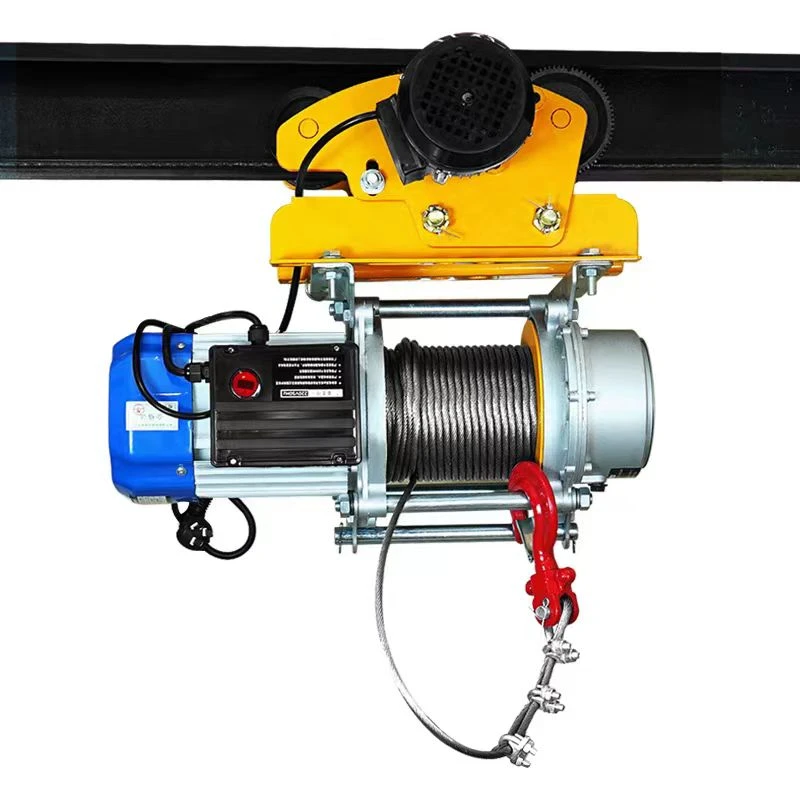


Understanding the Lifting Pallet Jack An Essential Tool for Material Handling
In the world of warehouse management and material handling, the lifting pallet jack stands out as an indispensable tool. Also known as a pallet truck, this equipment is specifically designed to lift and transport pallets within various environments, from bustling distribution centers to small retail settings. This article delves into the functionality, advantages, and considerations of using lifting pallet jacks in everyday operations.
What is a Lifting Pallet Jack?
A lifting pallet jack is a manual or electric device utilized for lifting and moving palletized goods. It typically consists of two forks that slide under the pallet, a hydraulic lifting system, and a steering mechanism for maneuverability. The manual version requires physical effort to operate, while electric options streamline the process, allowing for heavier loads to be moved with ease.
How Does a Lifting Pallet Jack Work?
The operation of a lifting pallet jack is straightforward
. The user positions the forks beneath the pallet, engages the lifting mechanism through a pump handle (in manual versions) or a control switch (in electric models), and lifts the load off the ground. The height of lift can usually be adjusted as needed, allowing for the transport of goods at various elevations. The device is then pushed or pulled to the desired location, often with a simple turn of the steering handle to navigate tight spaces.Advantages of Using Lifting Pallet Jacks
1. Efficiency Lifting pallet jacks significantly improve the efficiency of material handling operations. They streamline the process of loading and unloading goods, reducing the time workers spend on transporting items.
2. Ergonomics These tools reduce the physical strain on workers. By permitting staff to lift heavier items without excessive manual effort, pallet jacks minimize the risk of workplace injuries, such as strains or sprains.

3. Versatility Lifting pallet jacks can handle a variety of pallet sizes and weights, making them flexible tools suitable for different types of inventory. Whether you're dealing with heavy machinery in a factory or boxes in a retail environment, a pallet jack can adapt to your needs.
4. Cost-Effectiveness Compared to forklifts, which require more significant investment and training, pallet jacks are relatively affordable and straightforward to operate. This makes them an excellent choice for small businesses or those with limited budgets.
Considerations When Using Lifting Pallet Jacks
While lifting pallet jacks offer numerous benefits, there are some considerations to keep in mind. First, ensure that operators receive proper training to maximize safety and efficiency. Knowledge of weight limits, loading techniques, and maintenance is essential.
Second, consider the environment; uneven surfaces or cluttered pathways can pose challenges when using manual jacks. In such cases, wheeled pallet jacks or electric models may be more suitable for ensuring smooth operations.
Lastly, regular maintenance is crucial to extend the lifespan of your lifting pallet jack. Periodic inspections for wear and tear can prevent unexpected breakdowns, ensuring that the equipment remains in optimal working condition.
Conclusion
The lifting pallet jack is a key player in the logistics and warehousing sectors, providing a practical solution for moving heavy palletized goods. Its efficiency, ergonomic design, versatility, and cost-effectiveness make it a favored choice among businesses of all sizes. By investing in proper training and maintenance, companies can leverage this tool to enhance productivity and safety in their operations. As industries continue to evolve, the lifting pallet jack will undoubtedly remain a cornerstone of effective material handling strategies.



